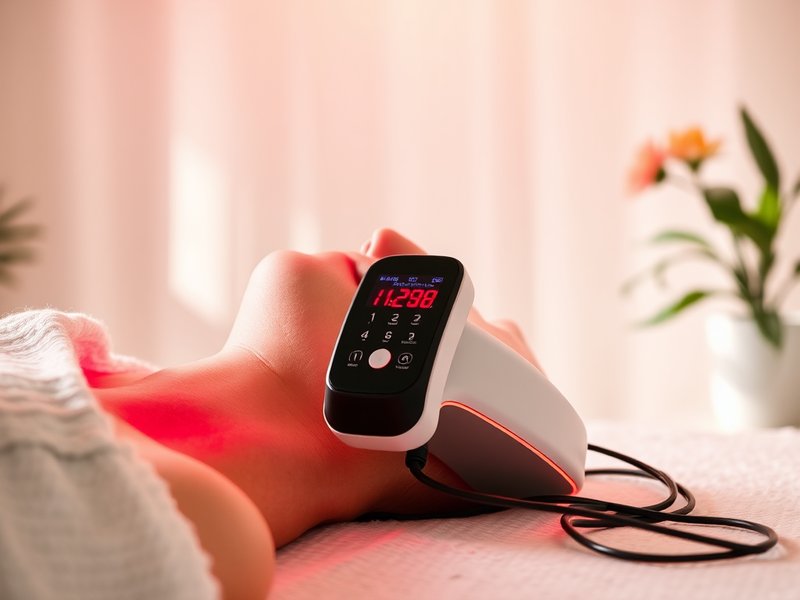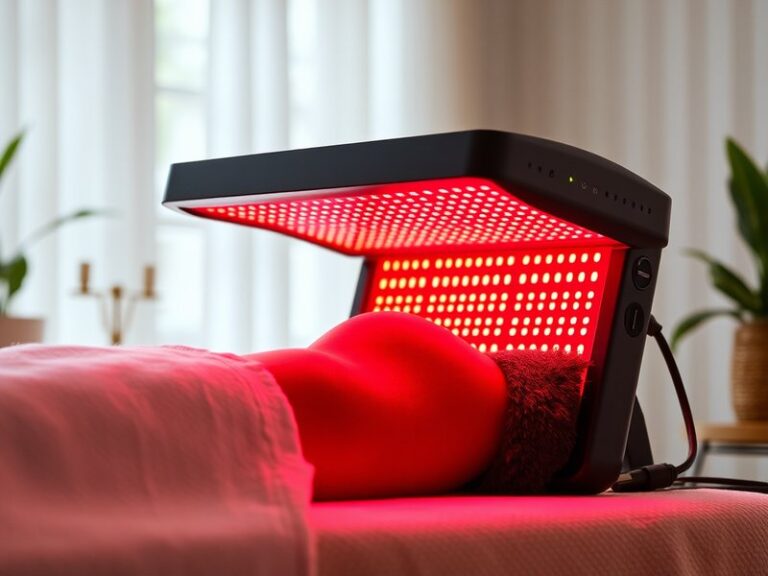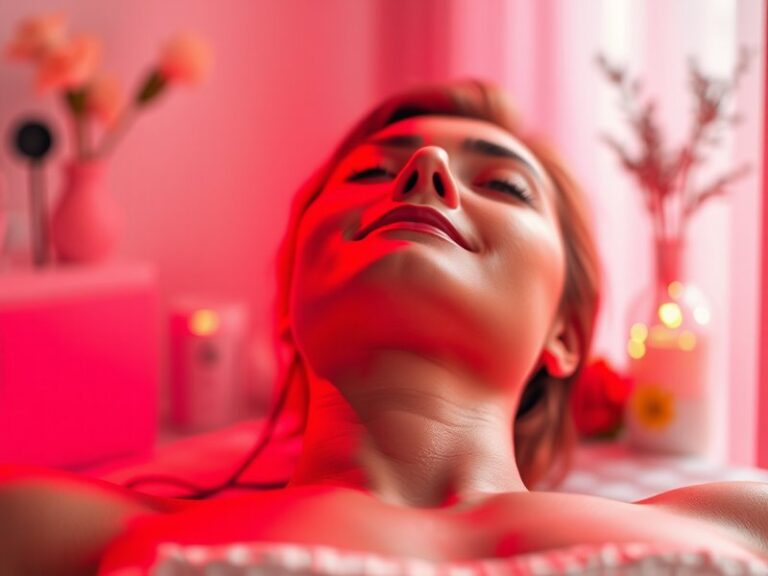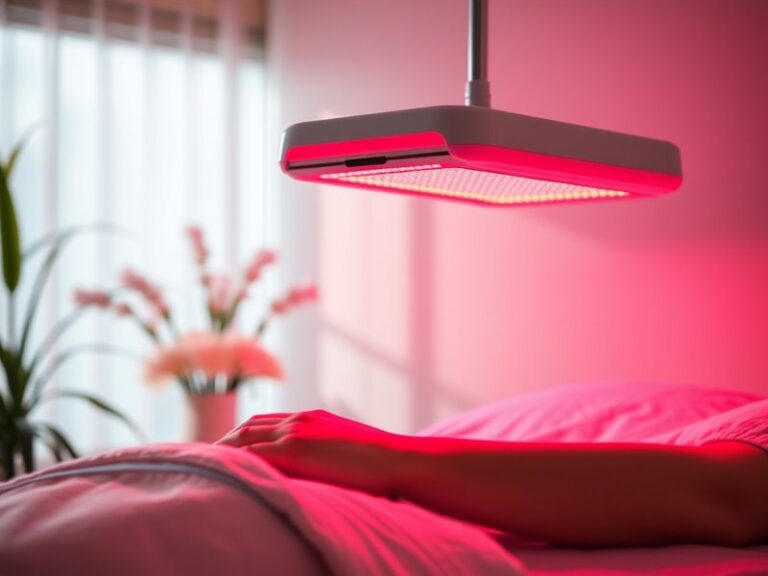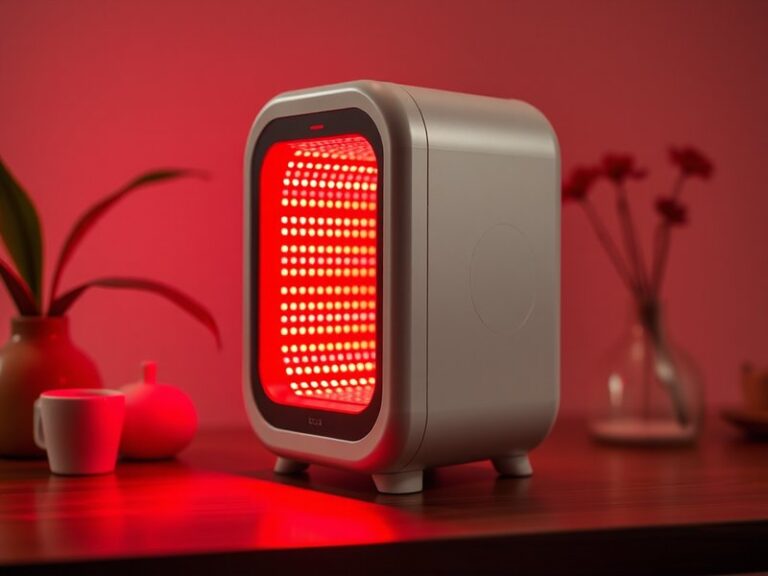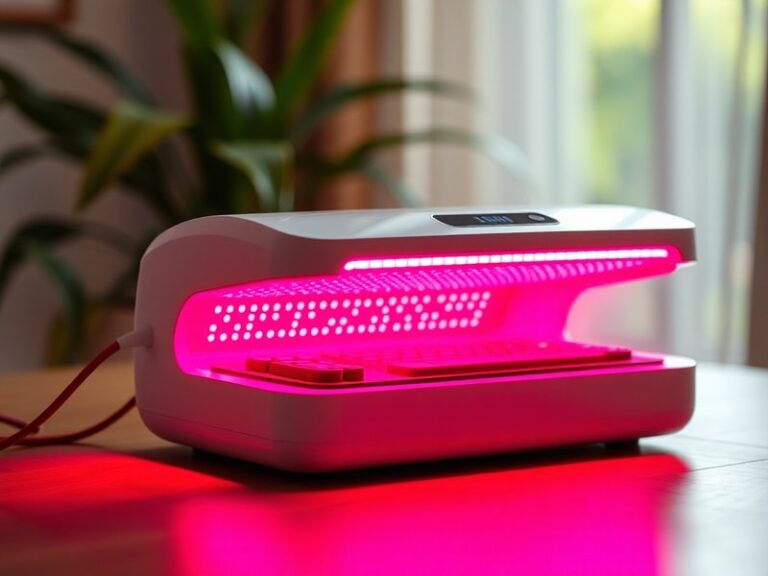How Good Does Red Light Therapy Work?
How Good Does Red Light Therapy Work?
Are you curious about the effectiveness of red light therapy and how it can enhance your wellness? With the rise of interest in non-invasive treatments, red light therapy has emerged as a popular option for various health and cosmetic benefits.
This article will explore what red light therapy is, its benefits, considerations for use, possible alternatives, and answer some common questions surrounding its efficacy and applications.
Key Takeaways
- Red light therapy utilizes specific wavelengths of light to stimulate cellular processes and promote healing.
- It has been shown to provide benefits for skin health, pain relief, and overall wellness.
- While generally considered safe, there are important considerations and potential alternatives to explore.
What is Red Light Therapy?
Red light therapy (RLT), also known as low-level laser therapy (LLLT), involves the use of red and near-infrared light to treat various conditions. It exploits the photobiomodulation effect, where light energy is absorbed by cells, leading to enhanced cellular functions.
This therapy is often employed in medical and cosmetic settings, utilizing devices such as laser units, light-emitting diode (LED) panels, or handheld wands. The light penetrates the skin and can influence cellular metabolism, promoting healing, reducing inflammation, and enhancing collagen production.
Mechanism of Action
Red light therapy works primarily by stimulating mitochondria in cells, which are responsible for generating energy in the form of adenosine triphosphate (ATP). Increased ATP production encourages faster tissue repair and helps to reduce pain and inflammation.
What are the Benefits of Red Light Therapy?
Red light therapy boasts numerous benefits, making it an appealing choice for individuals seeking alternatives to traditional treatments. Here are some key advantages:
Enhanced Skin Health
Red light therapy can improve skin appearance by promoting collagen production, which helps to reduce wrinkles and fine lines. Studies show that RLT can also help with conditions like acne and psoriasis by reducing inflammation and supporting healing.
Pain Relief and Muscle Recovery
Athletes often utilize red light therapy post-exercise to accelerate recovery and alleviate muscle soreness. Research suggests that RLT can effectively reduce chronic pain conditions, such as arthritis and fibromyalgia, by decreasing inflammation and promoting circulation.
Improved Mood and Sleep Quality
Emerging evidence indicates that red light therapy may contribute to improved mood and sleep quality. By influencing the body’s circadian rhythm and reducing stress, RLT may be beneficial for those struggling with anxiety or sleep disorders.
Hair Growth Stimulation
RLT has been studied for its potential to stimulate hair growth in individuals experiencing alopecia or other forms of hair thinning. It is believed to enhance blood circulation to hair follicles, promoting healthier growth.
Reduced Inflammation
The anti-inflammatory properties of red light therapy can benefit those suffering from various conditions, including joint pain and skin diseases. This reduction in inflammation can lead to improved overall wellness.
Is it Possible to Use Red Light Therapy at Home?
Yes, red light therapy can be used safely at home, thanks to a variety of consumer-grade devices available on the market. These include handheld wands, face masks, and full-body panels designed for personal use.
What are the Advantages of Home Use?
Convenience: Using RLT at home allows for greater flexibility in scheduling treatments.
Cost-Effectiveness: While professional sessions can be costly, at-home devices provide a more affordable long-term option.
Comfort: Many individuals prefer the comfort and privacy of their homes when using therapeutic devices.
What are the Disadvantages of Home Use?
Effectiveness Variation: Home devices may not deliver the same intensity or wavelength as professional-grade equipment, potentially leading to varied results.
Lack of Professional Guidance: DIY usage might not include professional oversight, which could affect treatment outcomes, especially for those with underlying health conditions.
Safety Concerns: Without proper knowledge, users may unintentionally misuse the device, which could lead to skin irritation or ineffective treatments.
See our comprehensive review Can Red LEDs Be Used for Therapy?
What are the Things to Consider Before Using Red Light Therapy?
Before starting red light therapy, it’s essential to consider the following factors to ensure safety and maximize benefits.
See our extensive coverage Derma Wand Red Light Therapy?
Skin Sensitivity
Individuals with sensitive skin or certain skin conditions should consult a healthcare provider before starting RLT. Understanding your skin’s reaction to light therapy is crucial.
Underlying Health Conditions
Consulting with a healthcare professional is advisable for individuals with medical conditions such as epilepsy, as light therapy can sometimes trigger adverse reactions.
Consistency and Duration
For effective results, it’s vital to adhere to a consistent treatment schedule. Users should understand how long each session should last and how often to use the therapy for the best outcomes.
Expected Results
Setting realistic expectations is crucial. While many users experience positive effects, results may vary based on individual factors and the specific condition being treated.
What are the Alternatives to Red Light Therapy?
If red light therapy doesn’t seem suitable for you, consider the following alternatives.
Phototherapy
Phototherapy, similar to RLT, uses different wavelengths of light to treat skin conditions or mood disorders. UV light therapy is often used for psoriasis and eczema.
Cryotherapy
Cryotherapy involves exposing the body to extremely cold temperatures, promoting blood flow and healing while reducing inflammation, potentially offering effects similar to RLT.
Massage Therapy
Massage can reduce muscle soreness, improve circulation, and enhance recovery, providing benefits akin to those of red light therapy without the use of light.
Exercise Therapy
Regular physical activity is beneficial for overall health, pain management, and improving mood, serving as a natural alternative to specialized therapies like RLT.
Conclusion: Is it Recommended to Use Red Light Therapy?
Red light therapy presents a compelling option for those seeking natural and non-invasive treatments for various conditions. With benefits ranging from improved skin health and pain relief to enhanced mood, many users report positive outcomes. However, individuals should weigh the considerations and possible alternatives, consulting with healthcare professionals when necessary to ensure it aligns with their health needs.
Frequently Asked Questions
How long does it take to see results from red light therapy?
Results can vary based on the condition being treated and individual responses. Some users might notice improvements in just a few sessions, while others may require several weeks for significant changes.
Is red light therapy safe for everyone?
While generally considered safe, individuals with specific health conditions, such as photosensitivity or certain chronic illnesses, should consult a healthcare provider before commencing treatment.
Can red light therapy help with weight loss?
There is emerging evidence to suggest that red light therapy may aid in weight management by enhancing metabolism and promoting fat loss, though more research is needed in this area.
How often should I use red light therapy?
For optimal results, most recommendations suggest sessions ranging from 3 to 5 times a week, but this can vary based on the specific device and targeted treatment area.
